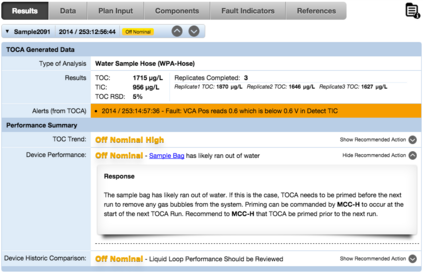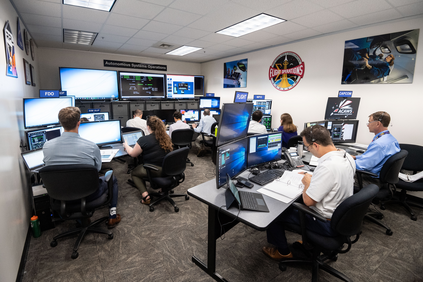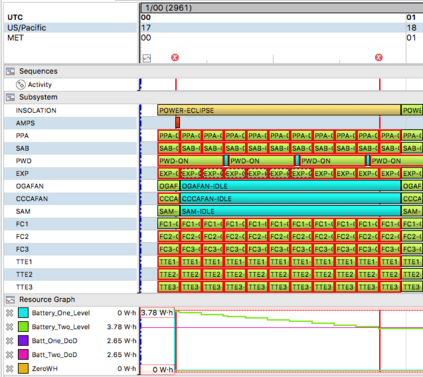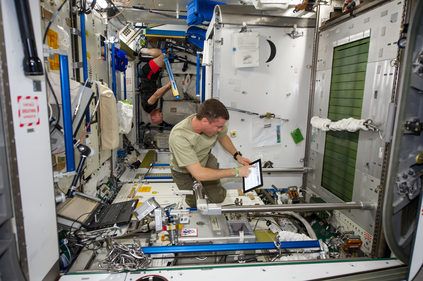Over the past decade, the NASA Autonomous Systems and Operations (ASO) project has developed and demonstrated numerous autonomy enabling technologies employing AI techniques. Our work has employed AI in three distinct ways to enable autonomous mission operations capabilities. Crew Autonomy gives astronauts tools to assist in the performance of each of these mission operations functions. Vehicle System Management uses AI techniques to turn the astronaut's spacecraft into a robot, allowing it to operate when astronauts are not present, or to reduce astronaut workload. AI technology also enables Autonomous Robots as crew assistants or proxies when the crew are not present. We first describe human spaceflight mission operations capabilities. We then describe the ASO project, and the development and demonstration performed by ASO since 2011. We will describe the AI techniques behind each of these demonstrations, which include a variety of symbolic automated reasoning and machine learning based approaches. Finally, we conclude with an assessment of future development needs for AI to enable NASA's future Exploration missions.
翻译:过去十年来,美国航天局自治系统和操作(ASO)项目开发并展示了许多利用AI技术的自主扶持技术。我们的工作以三种不同的方式使用了AI, 使飞行任务能够自主运作能力得以实现。机组自治为宇航员提供了协助履行这些飞行任务运作职能的工具。车辆系统管理使用AI技术将宇航员的航天器变成机器人,允许宇航员不在时操作,或减少宇航员的工作量。AI技术还使自动机器人能够在乘员不在场时成为机组助理或代理。我们首先描述人类空间飞行飞行任务操作能力。我们然后描述ASO项目,以及自2011年以来由ASO实施的开发和演示。我们将描述这些演示背后的AI技术,其中包括各种象征性的自动推理和机器学习方法。最后,我们评估了AI的未来发展需要,以使美国航天局今后能够进行探索任务。










